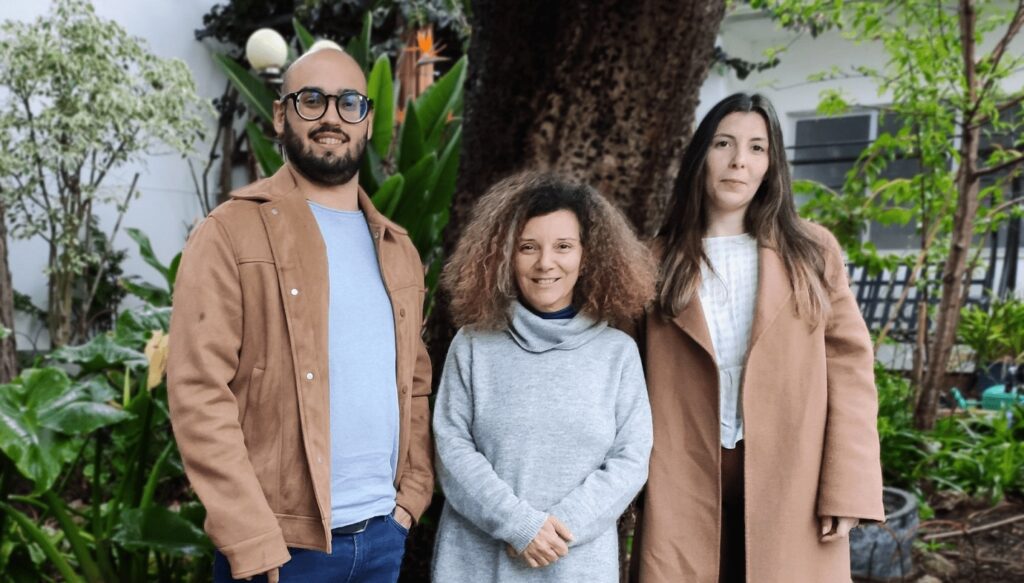An international team, led by researchers from the University of Coimbra (UC), has studied a new type of scintillation emission that occurs in xenon gas and that has an impact on dark matter and neutrino detectors.
The work, just published in the prestigious Physical Review X (PRX), a journal of the American Physical Society, was conceived and carried out by researchers Cristina Monteiro and Carlos Henriques, from the Laboratory of Instrumentation, Biomedical Engineering and Radiation Physics (LIBPhys) of the Faculdade of Science and Technology at the University of Coimbra (FCTUC), within the scope of the international collaboration NEXT.
This study, explains Cristina Monteiro, «unequivocally revealed the existence of the emission of a type of scintillation in xenon gas hitherto ignored by scientists. The scattering of electrons from neutral atoms in xenon gas gives rise to a new type of light emission that will affect the sensitivity of detectors in dark matter research and neutrino physics.”
When ionizing radiation interacts with xenon “large amounts of ultraviolet light are emitted at specific wavelengths – an “electroluminescence” that is used in dark matter research and neutrino detectors”, says the FCTUC researcher.
However, he explains, “the researchers were not aware of the presence of another, weaker emission of light in a wider wavelength range, which extends from the ultraviolet to the near infrared. Scientists explained the corresponding light pulses as being due to impurities in the gas. In this study we show that, instead, these pulses correspond to signals of a new type of light emitted in xenon, caused by the scattering of electrons in neutral atoms”.
With this discovery, emphasizes Cristina Monteiro, «scientists now know that discovering dark matter and observing neutrinos requires more than just better purifying xenon within large detection systems. Researchers should also separate the corresponding light from neutral braking radiation to optimize the design of the detectors and improve their sensitivity.”
To reach this conclusion, the FCTUC team, which also includes Joana Teixeira, a PhD student, carried out the studies in a small laboratory system, expressly designed for this purpose, and also identified this light, called neutral braking radiation. , in the large-scale NEXT international experiment detector, a particle detector housed in an underground laboratory in Spain.
«Given the small size of the detector used in LIBPhys-UC, the purity of the xenon gas inside is very well controlled. Furthermore, it makes it possible to accurately isolate the scintillation emission from a specific region of the detector and to study this emission under very well-controlled conditions, both when electroluminescence occurs and when it does not. This allows researchers to observe and study scintillation emission beyond electroluminescence. At the same time, a robust theoretical model for the so-called neutral braking radiation describes the experimental results very well and makes it possible to unequivocally attribute the observed scintillation mechanism to the neutral braking radiation», says Cristina Monteiro.
The scientific article is available here.





















Comments